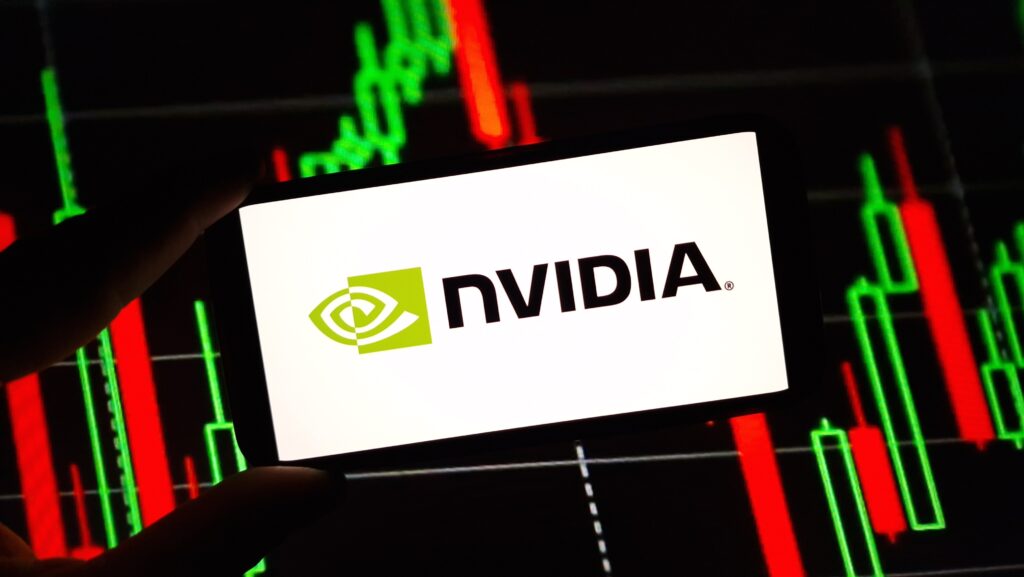For decades, the United States has led the global technology market. Now China is determined to change that. The world’s second-largest economy is investing heavily in artificial intelligence and robotics. At the core of this effort is a clear goal: produce high-end chips that rival the world’s best.
Last month, Jensen Huang, CEO of Nvidia, warned that China was only “nanoseconds behind” the U.S. in chip development. The question now is whether Beijing can catch up and end its dependence on imported technology.
DeepSeek Signals China’s Tech Rise
In 2024, the Chinese startup DeepSeek stunned the tech world by launching a competitor to OpenAI’s ChatGPT. The company claimed to train its AI at a fraction of the usual cost and with far fewer advanced chips.
The announcement briefly shook Nvidia’s stock price and demonstrated that China was serious about challenging Silicon Valley. Since then, Chinese tech momentum has accelerated. Many firms now aim to rival Nvidia and supply high-end chips to domestic companies.
In September, state media reported that Alibaba developed a chip matching Nvidia’s H20 semiconductors in performance while consuming less energy. These H20 chips are adapted for China under U.S. export restrictions.
Huawei followed with its most powerful chips yet and unveiled a three-year plan to compete with Nvidia in AI. The company promised to share its designs and software with Chinese developers to reduce reliance on U.S. technology.
Other firms are also gaining ground. MetaX has secured contracts with state enterprises such as China Unicom. Cambricon Technologies, based in Beijing, saw its shares in Shanghai more than double over three months as investors bet on China’s chip independence.
Tencent, the company behind WeChat, has embraced the national drive to adopt Chinese-made chips. State-backed trade shows now highlight these companies, promoting innovation and attracting investors.
A Nvidia spokesperson acknowledged the growing competition, stating that customers will always choose the best technology. The company said it would continue working to earn developers’ trust worldwide.
Experts, however, urge caution. Many Chinese claims lack public data and standardized testing. Computer scientist Jawad Haj-Yahya, who tested both U.S. and Chinese chips, said Chinese processors excel in predictive AI but fall short in complex analytics. “The gap is shrinking,” he said, “but it won’t close quickly.”
China’s Strengths and Shortcomings
In a recent podcast, Jensen Huang praised China’s vast talent pool, intense competition, and rapid chipmaking progress. He called the sector “a vibrant, high-tech industry” and warned the U.S. must “compete for its survival.”
China’s officials have long aimed to reduce reliance on the West and achieve global tech leadership. For years, Beijing has invested billions into “high-quality development,” covering AI, renewable energy, and advanced manufacturing.
Even before Donald Trump’s return to the White House, China spent tens of billions to transform its economy from low-cost manufacturing to innovation leadership. The renewed tariffs war has added urgency. Xi Jinping has vowed that China will no longer depend on “anyone’s gifts.”
Huang also cautioned that cutting trade with China could cost the U.S. an advantage in AI. His remarks came as Beijing launched an anti-monopoly probe into Nvidia, signaling increased pressure on foreign tech firms.
China’s state-led model can slow innovation, according to Professor Chia-Lin Yang of National Taiwan University. She explained that focusing too heavily on collective goals can limit disruptive thinking.
She added that Chinese chips are sometimes less user-friendly than Western alternatives. Yet she believes China’s massive pool of engineers will soon close the gap. “Never underestimate China’s ability to catch up,” she said.
Chips as a Strategic Lever in Trade Talks
Professor Yang described China’s chip announcements as a “bargaining chip” in trade negotiations with Washington. Beijing wants to pressure the U.S. into resuming sales of advanced equipment or risk losing access to its massive market, said Dr. Haj-Yahya.
These announcements project strength even though China still relies on U.S. technology for the most advanced chips. Experts agree that Beijing can replace American semiconductors in simpler systems but lacks the raw power for advanced AI training.
Semiconductor engineer Raghavendra Anjanappa said China still depends on U.S. components for high-end projects. While it has made progress, China trails the U.S., South Korea, and Taiwan in mature supply chains.
The U.S. has tightened export rules to slow China’s rise, including blocking access to Nvidia’s top-tier chips. “The U.S. has hit China exactly where its dependency runs deepest,” Raghavendra said.
But he added that China is catching up fast. “They may only need five more years to become fully independent of U.S. technology.”


